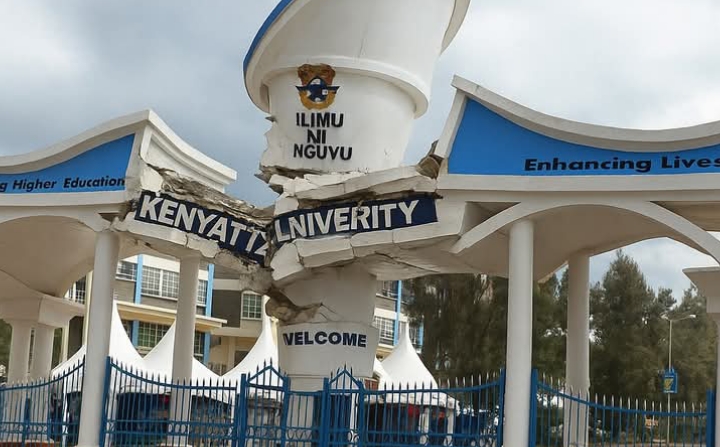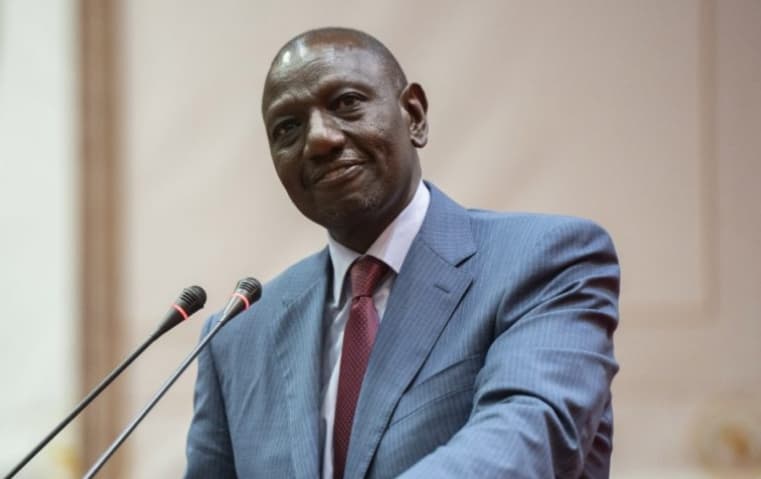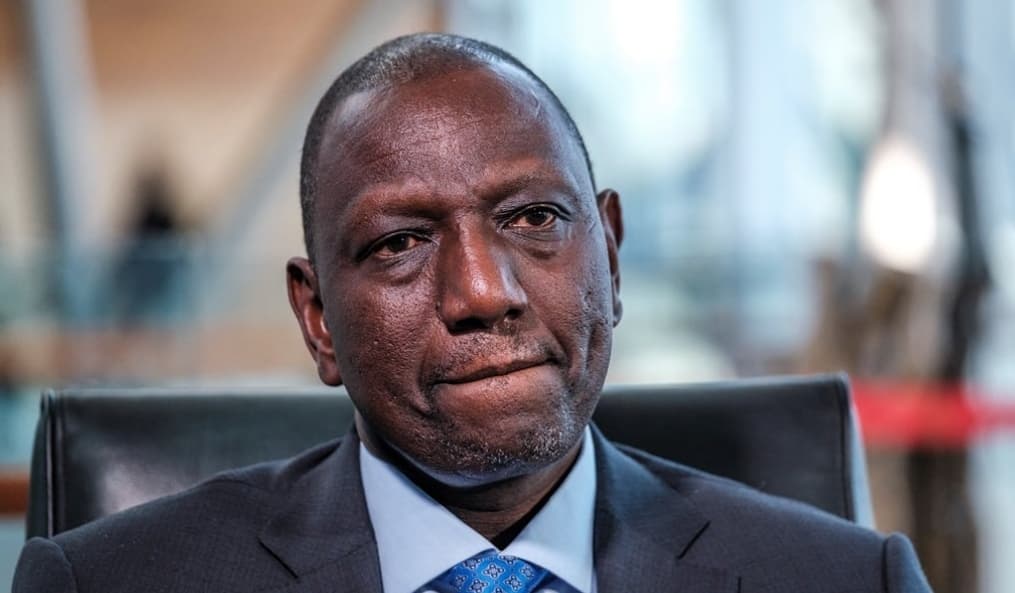Kenya’s public universities are staring at collapse unless sweeping structural reforms are undertaken to fix crippling financial woes, Higher Education Principal Secretary Beatrice Inyangala has warned.
Once beacons of academic excellence, a silent yet devastating crisis is unfolding in public universities. The crisis, threatens to cripple the institutions, render thousands unemployed, paralyse numerous students academic future and leave thousands of workers with empty pockets, in owed dues.
The near-collapse of Moi University appears to be the tip of the iceberg, with other universities now facing unprecedented financial, governance and leadership challenges.
Addressing university council leaders at a retreat in Mombasa, Inyangala said entrenched mismanagement and rigid systems have left the institutions drowning in debt and unable to function effectively.
“Most of our universities are in crisis. The time to change our future is now. We must reengineer university management and adopt cost-cutting measures,” she said.
Kenya’s public universities are grappling with massive debts, reduced government funding, and internal inefficiencies that have triggered frequent industrial unrest, stalled operations, and left some institutions on the brink of closure.
A recent report by Controller of Budget Margaret Nyakang’o revealed that public universities and national polytechnics are facing an overwhelming debt of Sh67.81 billion.
The figures show that some of Kenya’s largest and most respected universities are at risk of collapsing under the weight of financial mismanagement and chronic underfunding.
Among the biggest debtors are Kenyatta University, which owes Sh12.38 billion, the University of Nairobi with Sh12.22 billion, and Jomo Kenyatta University of Agriculture and Technology, whose debt stands at Sh9.13 billion.
These debts are owed to suppliers, statutory bodies such as NSSF and KRA, pension funds, and contractors, and delays that have hampered day-to-day operations and triggered frequent industrial unrest.
The debts include pending bills for unremitted statutory deductions, unpaid contractor fees, stalled projects, and pension arrears.
The financial weight threatens to cripple learning and research, both of which rely on consistent and adequate funding.
Inyangala urged university council chairs to rethink their approach to management by adopting financial innovation, cost-efficiency strategies, and enterprise models to stabilise the higher education sector.
“This can be done by strengthening internal audit and quality assurance departments for the identification and mitigation of risks,” she said.
National Assembly's Departmental Committee on Education Chairperson Julius Melly challenged universities to stop over-relying on government support and begin generating revenue through alternative sources such as student enrolment, enterprise development and research grants.
“As chairs of your universities, you must look at ways to be financially self-reliant through student enrolment, research grants and enterprise development,” he said.
“Universities should no longer be seen solely as academic institutions but as entities capable of generating income.”
President William Ruto’s senior economic advisor Moses Kuria added that university leaders must embrace a new mindset and operate with an entrepreneurial outlook.
“Vice Chancellors should be trained to think like CEOs. If a VC can’t run a business like Safaricom, they shouldn’t be running a university,” Kuria said.
He also called for a re-evaluation of the role of chancellors and encouraged the use of technologies such as Artificial Intelligence to develop sustainable commercial models.
“We must also rethink the role of chancellors and tap into technologies such as Artificial Intelligence to develop sustainable commercial models,” he said.
The University of Nairobi, Kenyatta University, Egerton University, and Jaramogi Oginga Odinga University are among the top institutions flagged for their worsening financial position.
Egerton University in Nakuru, for example, has a debt of Sh7.69 billion. Masinde Muliro University of Science and Technology owes Sh1.25 billion, while Kisii University and Maasai Mara University owe Sh1.04 billion and Sh805.09 million, respectively.
Medium and small-sized institutions have not been spared either. Kibabii University (Sh455.31 million), Meru University of Science and Technology (Sh426.69 million), and Laikipia University (Sh283.60 million) are all in the red.
The University of Kabianga owes Sh466.52 million, and South Eastern Kenya University has pending bills amounting to Sh320.39 million.
Others in crisis include Jaramogi Oginga Odinga University of Science and Technology (Sh215.62 million), Kaimosi Friends University (Sh46.88 million), Karatina University (Sh35.84 million), and Co-operative University of Kenya (Sh86.26 million).
Even newer institutions like Turkana University College and Allupe University are struggling with unpaid bills of Sh10.82 million and Sh16.29 million, respectively.
Stakeholders blame the confusion caused by the government’s new student funding model, along with reduced allocation to the institutions.
These factors, coupled with poor management and skyrocketing operational costs, have left universities unable to function efficiently.
To manage the situation, many universities have opted for drastic cuts. Academic programmes have been scaled down, research has slowed, and student services have been affected. In some cases, infrastructure projects have stalled due to unpaid contractors. Some have reduced courses offered and others are firing employees.







